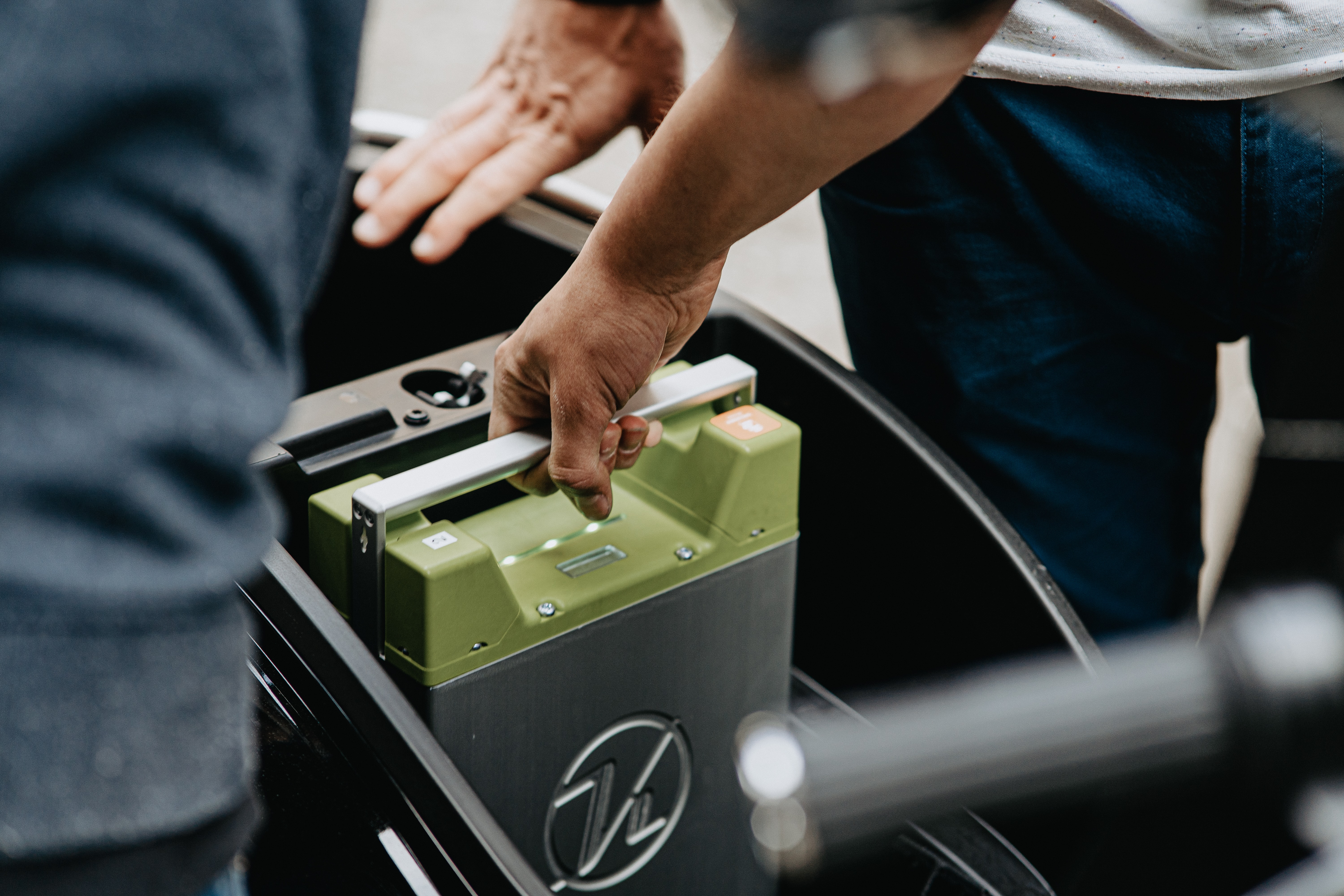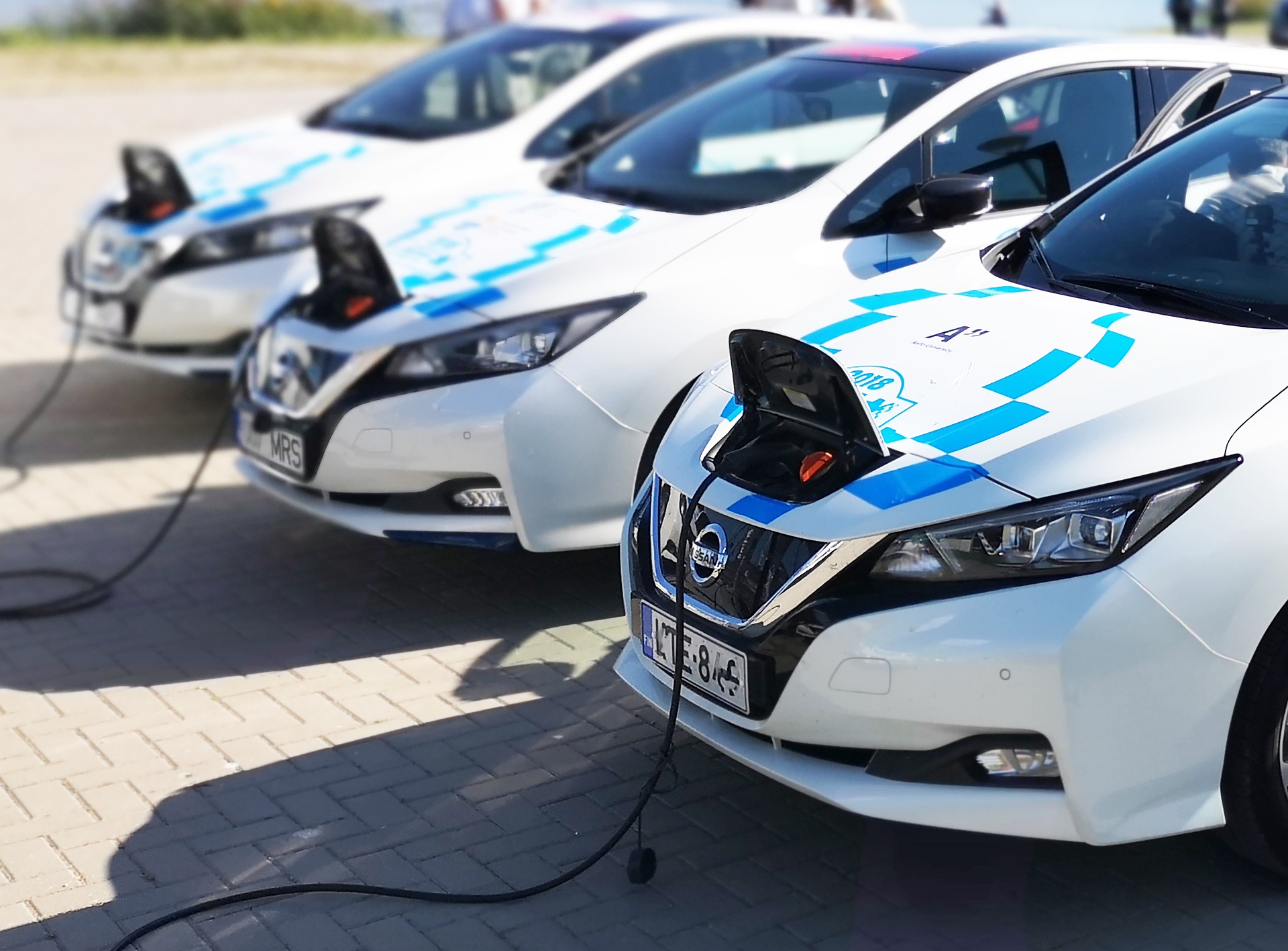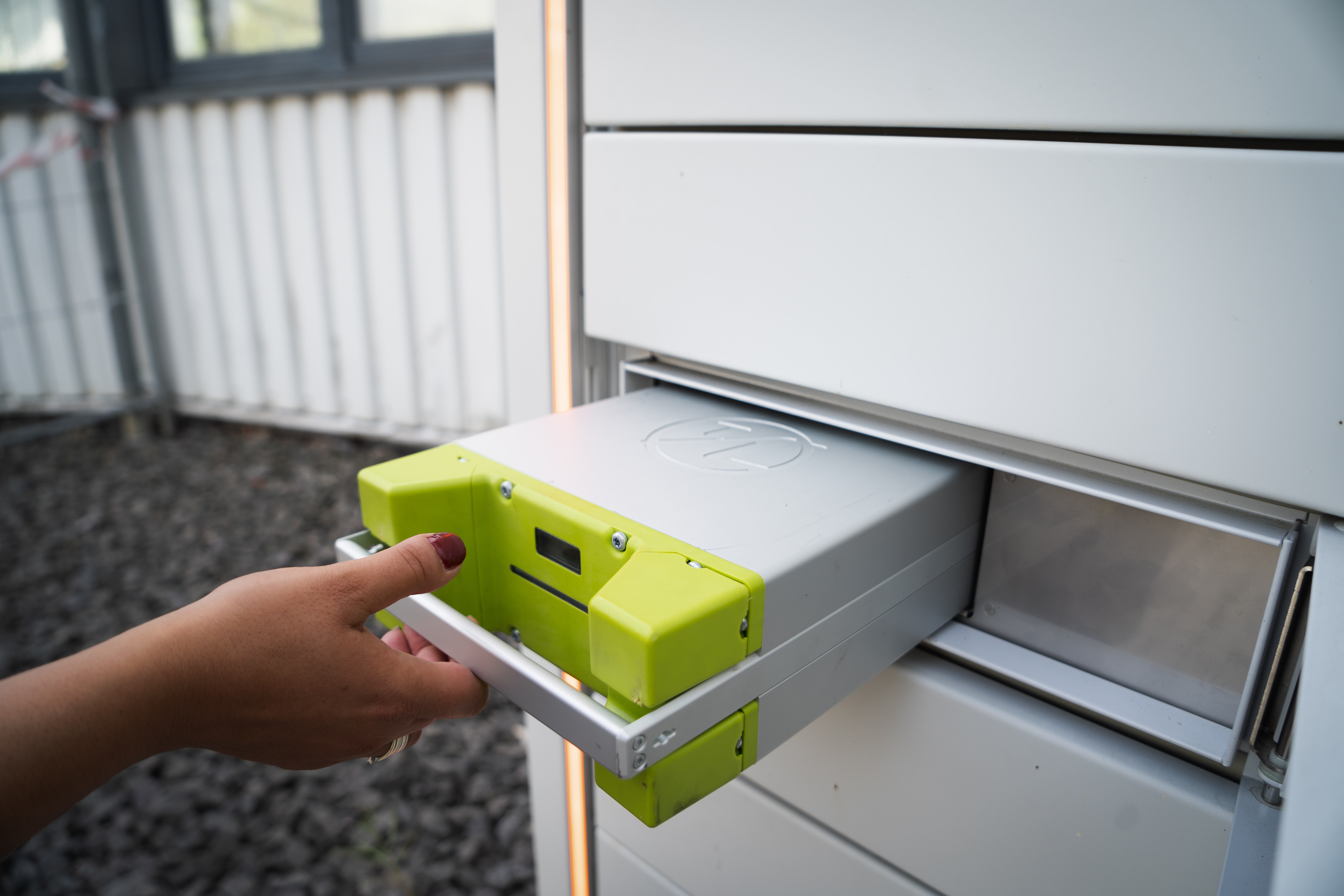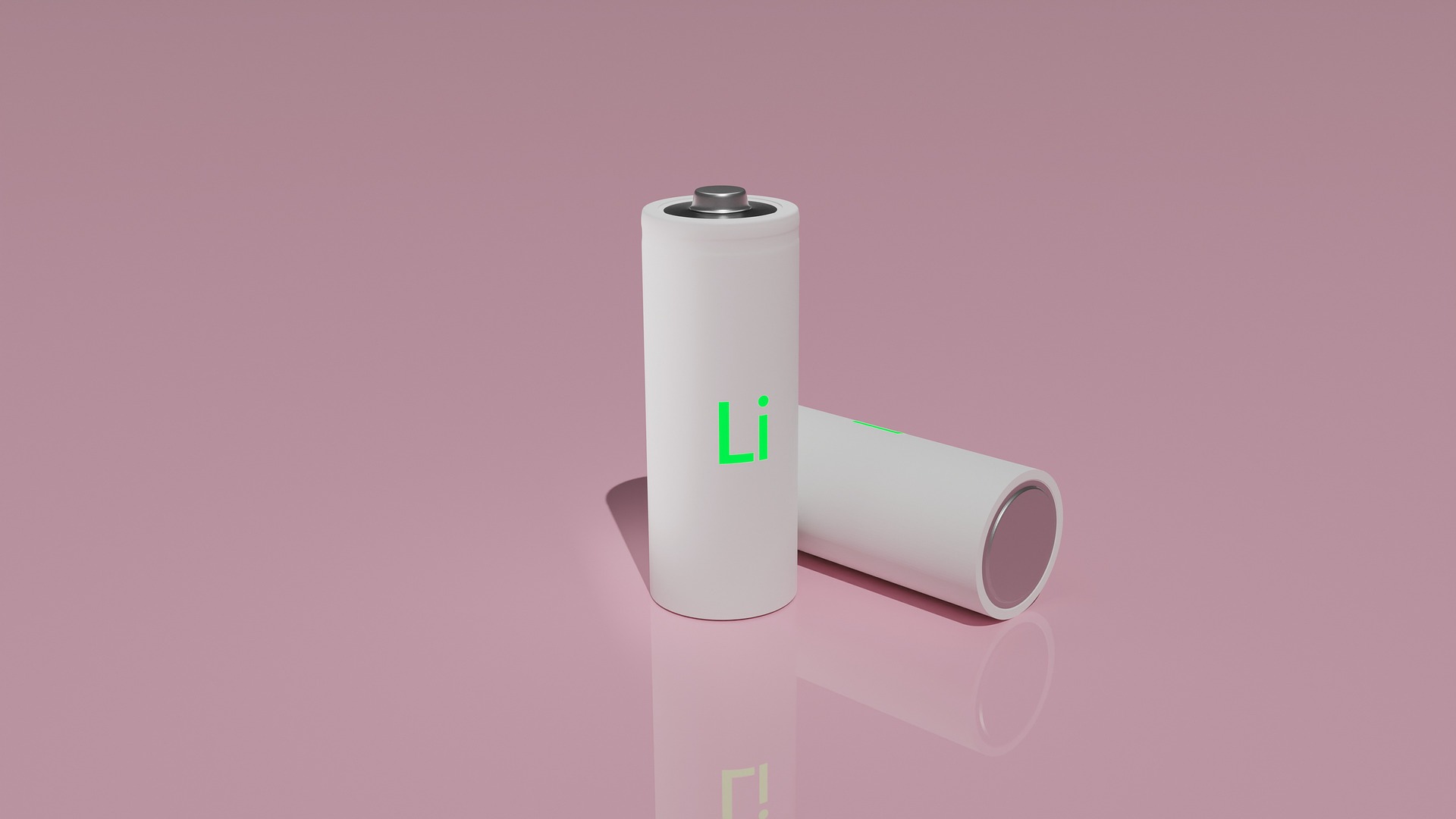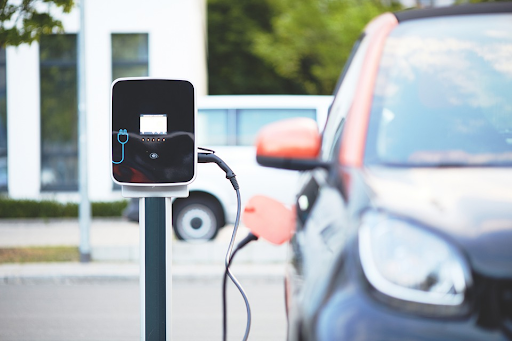
According to a recent J.D. Power report, the most important factor for consumers in deciding which EV to buy is it’s range — the distance it can travel before the battery needs recharging. All EV battery cells naturally degrade over time. The more you charge, drive, and re-charge your EV battery, the less efficient each charge becomes and the less range your car ultimately will have. However, there are many factors that affect the rate of degradation.
One that has caused particular anxiety is so-called “fast charging” that replenishes most of an EV battery’s charge in less than an hour. Many news headlines have commented on the risks or damage caused by fast battery charging technology. The rapid refill of a Level 3 charging station is surely convenient...but is it worth it in the long run? Let’s take a look.
What Causes Degradation in EV Battery Cells?
Many variables will impact EV battery life, including temperature, the age and size of the battery, chemistry, how often it is charged (and how fully), and more. The more often you drain lithium-ion battery cells to empty and recharge them to full, the more you will reduce the battery’s ability to store energy. This is a gradual degradation process; it would take repeated cycles to cause a noticeable difference. Recharging fatigue is one reason many manufacturers recommend charging to a maximum of 80% and never allowing a complete discharge (a range of zero miles).
Faster charging can also play a role due to the heat created by quickly channeling a large quantity of energy into the cells. EV batteries have a high internal resistance, and pushing too much energy too quickly raises the temperature of the battery. High temperatures further increase the resistance within the battery, creating problems with taking or holding the charge. This also means that EV batteries used in hotter climates naturally degrade faster than those in cooler environments. On the other hand, batteries in cold climates charge more slowly than those in warmer ones.
The Science Behind “Level 3” DC Fast Charging
Level 3 fast charging stations promise to return your EV battery to 80% charge in roughly half an hour to an hour of time — depending on the climate and the vehicle. This sort of speed is ideal for mid-trip recharging on longer routes, where recharging more slowly at home is not an option.
The primary difference between typical home chargers and Level 3 chargers is that the home version will use AC current (converted to DC by the EV itself), whereas a Level 3 station uses stronger DC current. It may also slow down at a certain point — often 80% full charge — to a level more in line with Level 2 chargers. The stronger current and faster charging rate does increase the heat in the battery, however, compared to a slower charge.
To be clear: the research (and basic science concepts) do show that more frequent DC charging will increase the rate of battery degradation.
How Much Does It Matter? EV Battery Testing Reveals the Truth.
Does frequent use of rapid “Level 3” charging reduce the life of EV battery cells? Yes — and the degradation will be faster and more severe than with Level 2 charging. But in reality, the difference is very small. It’s not likely to matter all that much versus the convenience of a faster charge.
Research on the Nissan Leaf MY2012 (one of the first EVs) has shown that exclusive use of fast DC chargers hardly impacts battery life. The Idaho National Laboratory (INL) conducted a study that showed even vehicles that use Level 3 chargers as their sole power source — which would be unusual — don’t experience a pronounced difference in EV battery life.
The study involved two pairs of Nissan Leaf EVs. One pair used Level 2 chargers, and the other pair used only Level 3 stations, twice daily, for a year. Battery capacity was tested at every 10,000 mile interval. By year’s end, the Level 2 vehicles had lost roughly 23% of their capacity, whereas the Level 3 cars had lost 27%. Note that both cars were driven in the extremely hot climate near Phoeneix, Arizona, and the Leaf is the only EV without internal battery cooling mechanisms, which made degradation worse overall.
Geotab conducted much more extensive EV battery testing across 6,000 vehicles, and found similar results. Hot weather puts more strain on a battery.
Credit: Geotab
EV Battery Tech Continues to Improve
New technologies are constantly undergoing EV battery testing and verification. Charge speed, capacity, and resilience can all be counted on to improve over time.
For instance, a new fast-charging algorithm pioneered by researchers at the University of California, Riverside, already promises to address fluctuations in an EV battery’s internal resistance as a result of temperature, age, charge state, and other factors. Increased internal resistance results in heat generation, which impacts the lifespan of lithium-ion batteries.
The new algorthmic charging method, called “internal resistance charging,” checks the internal resistance during a charging cycle and adapts to the feedback from the battery. When resistance increases, the charging function relaxes, reducing damage to EV battery cells.
Exciting tech innovations like these are continuously being verified for safety and consistency with rigorous EV battery testing. Are you looking for an experienced testing partner? Energy Assurance is the largest cell and battery testing lab in North America. We’ve tested fast charging profiles and have the requisite knowledge and equipment to evaluate new fast charging innovations with reliable results.
Get in touch with the Energy Assurance team today to learn more about our industry-leading EV battery testing capabilities.



